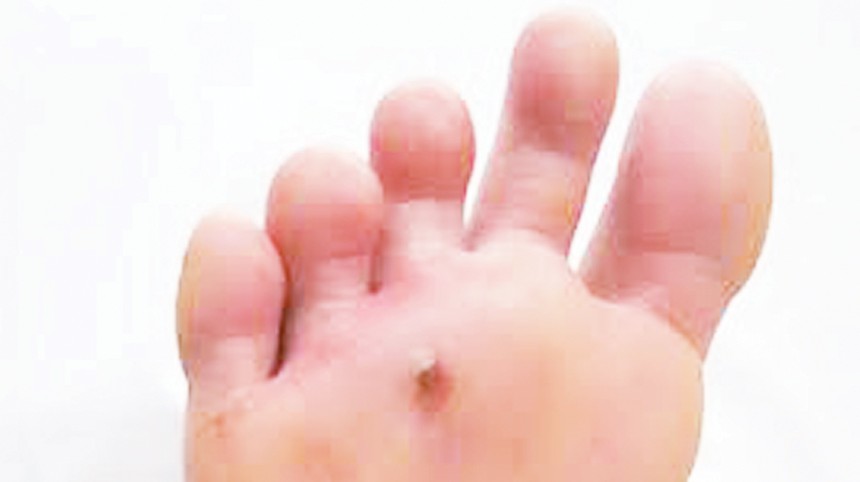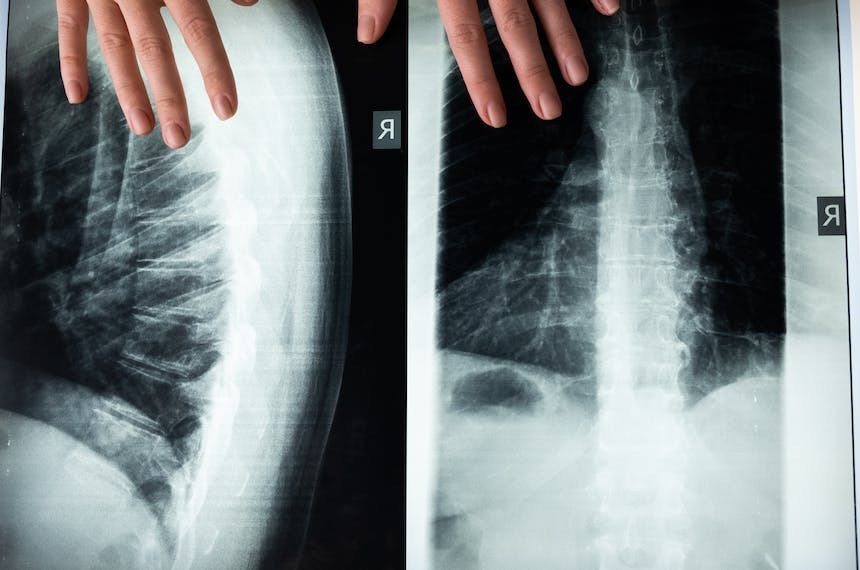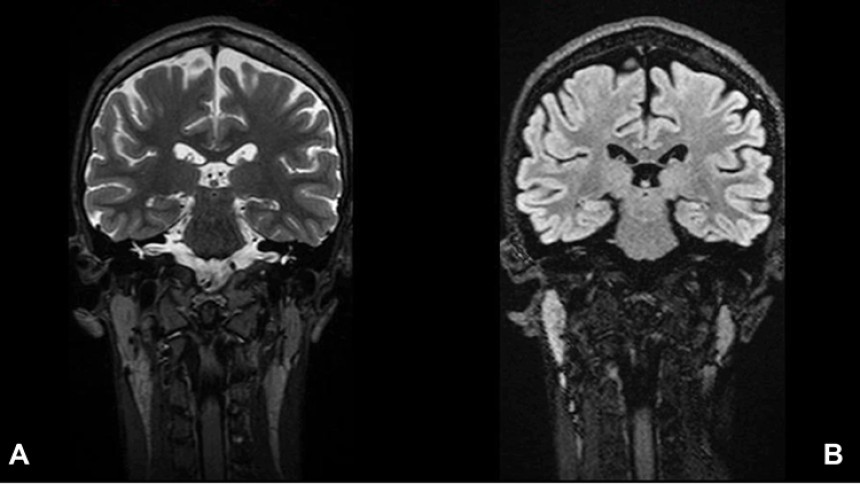
Tetanus
Tetanus is a disorder caused by Clostridium tetani, characterized by muscle spasms. Treatment involves wound management, neutralizing unbound toxin with human tetanus immune globulin (HTIG), and controlling spasms with diazepam or intrathecal baclofen. Autonomic dysfunction is managed with magnesium sulfate, labetalol, or morphine sulfate. Severe cases may require endotracheal intubation or tracheostomy, and nutritional support. Physical therapy helps with muscle recovery.
Tetanus: Overview and Clinical Presentation
Tetanus is a disorder characterised by muscular spasms which is caused by the toxin- producing anaerobe; clostridium tetani. The incubation period of tetanus is approximately 8 days. Tetanus can present as generalised (trismus (lockjaw), autonomic overactivity, sweating, tachycardia, labile hypertension, and/or fever), local (tonic and spastic muscle contractions in one extremity or body region), or cephalic (dysphagia, trismus, and focal cranial neuropathies). Most patients lack a history of receipt of a full series of tetanus toxoid immunization and receive inadequate prophylaxis following a wound. (1, 2, 3)
Treatment Goals and Approach for Tetanus
Treatment of tetanus requires intensive care unit admission. The goals of treatment include wound management, neutralization of the unbound toxin, airway management, control of muscle spasm and management of dysautonomia. (4)
Wound Management and Antimicrobial Therapy
Patients with tetanus should undergo wound debridement to eradicate spores and necrotic tissue. This includes antimicrobial therapy to eradicate C. tetani with metronidazole (500 mg three times daily IV for 7-10 days), cefuroxime (2g IV every 6 hours), or alternatively, doxycycline (100 mg every 12 hours). (5)
Neutralization of Unbound Toxin and Muscle Spasm Control
Neutralization of unbound toxin is with human tetanus immune globulin (HTIG) at a single dose of 500 units intramuscularly. Control of muscle spasm is achieved by diazepam (at a starting dose of 10-20 mg IV), or baclofen intrathecal and is given either as a bolus dose of 1000 mcg or by continuous intrathecal infusion. (6, 7)
Management of Autonomic Dysfunction
Management of autonomic dysfunction is with magnesium sulphate (loading dose 40 mg/kg over 30 minutes, followed by continuous infusion of either 2 g per hour for patients over 45 kg or 1.5 g per hour for patients ≤45 kg), labetalol (0.25- 1 mg/min) or morphine sulfate (0.5 - 1 mg/kg per hour by continuous intravenous infusion). (8)
Respiratory Support and Nutritional Care
In patients with severe tetanus, early endotracheal intubation with consideration of tracheostomy because of the likelihood of prolonged mechanical ventilation. Also, nutritional support is essential. Placement of percutaneous endoscopic gastrostomy (PEG) tubes may be required. Physical therapy should be started as soon as spasms have ceased, since tetanus patients often are left with disability from prolonged muscle wasting and contractures. (9, 10)
References
1- Centers for Disease Control and Prevention. Tetanus.
https://www.cdc.gov/vaccines/pubs/surv-manual/chpt16-tetanus.html.
2-Tejpratap SP, Tiwari MD. Tetanus. In: Manual for the Surveillance of Vaccine-Preventable Diseases, 6th ed, Roush SW, Baldy LM (Eds), Centers for Disease Control and Prevention, Atlanta, GA 2008. http://www.cdc.gov/ vaccines/pubs/surv-manual/chpt16-tetanus.html
3- American Academy of Pediatrics. Tetanus (lockjaw). In: Red Book: 2009 Report of the Committee on Infectious Diseases, 28th, American Academy of Pediatrics, Elk Grove Village, IL 2009. p.655.
4- Centers for Disease Control and Prevention. Epidemiology and Prevention of Vaccine-Preventable Diseases. Tetanus. https://www.cdc.gov/vaccines/pubs/pinkbook/tetanus.html (Accessed on September 06, 2017).
5- Yen LM, Dao LM, Day NPJ. Management of tetanus: a comparison of penicillin and metronidazole. Symposium of antimicrobial resistance in southern Viet Nam, 1997.
6-Rodrigo C, Fernando D, Rajapakse S. Pharmacological management of tetanus: an evidence-based review. Crit Care 2014; 18:217
7- Attygalle D, Rodrigo N. Magnesium as first line therapy in the management of tetanus: a prospective study of 40 patients. Anaesthesia 2002; 57:811.
8-Mahieu R, Reydel T, Maamar A, et al. Admission of tetanus patients to the ICU: a retrospective multicentre study. Ann Intensive Care 2017; 7:112.
9- European Centre for Disease Prevention and Control. Tetanus: Annual Epidemiological Report for 2017. https://www.ecdc.europa.eu/sites/default/files/documents/tetanus- annual-epidemiological-report-2017_0.pdf
10-Trujillo MH, Castillo A, España J, et al. Impact of intensive care management on the prognosis of tetanus. Analysis of 641 cases. Chest 1987; 92:63.





